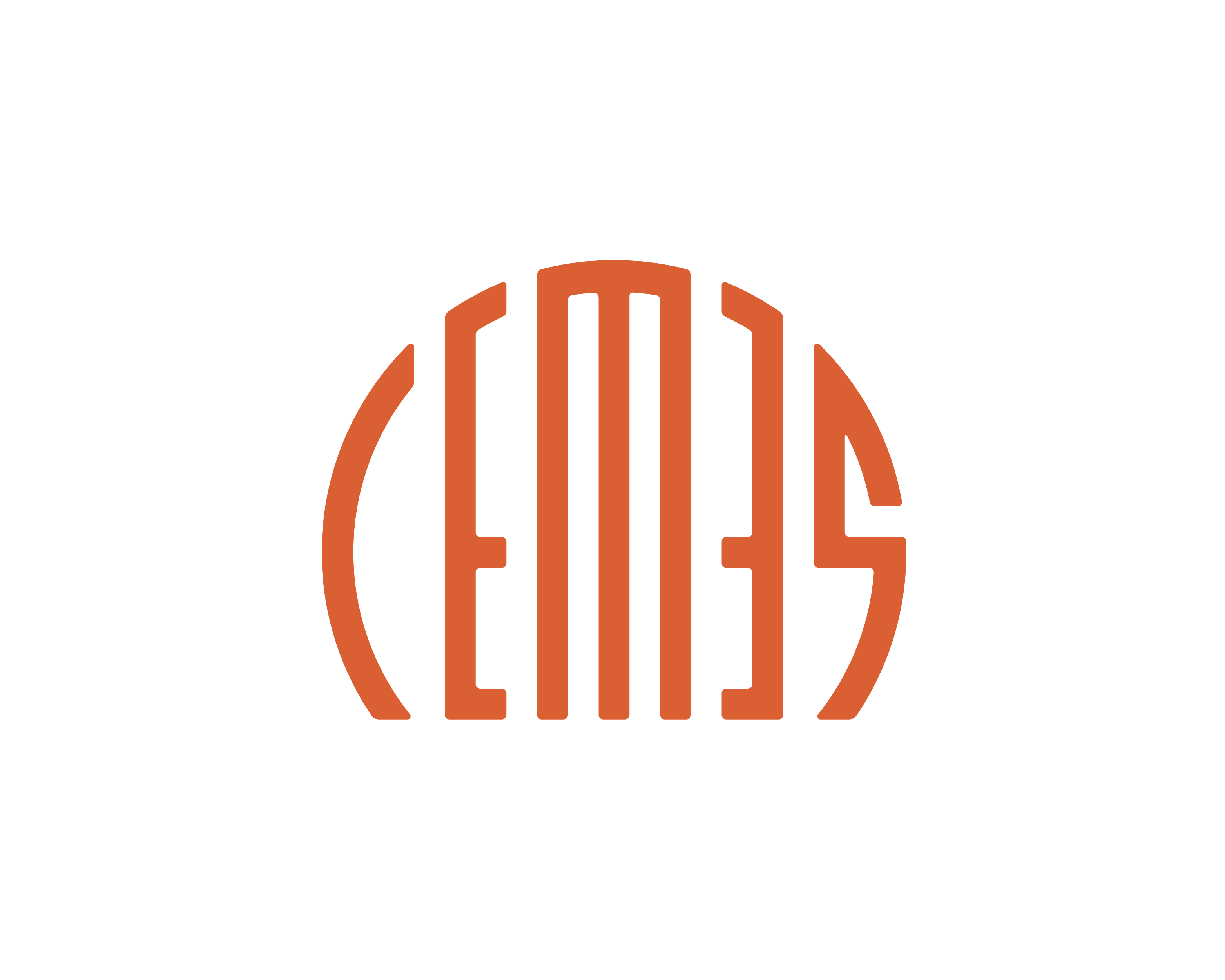A QUANTITATIVE STUDY OF DISLOCATION DYNAMICS IN CONCENTRATED SOLID SOLUTIONS BY IN-SITU ELECTRON MICROSCOPY, DEEP LEARNING AND COMPUTER VISION
MATERIAL AND SURFACE SCIENCE

Lab: CEMES
Duration: NanoX master Internship (8 months part-time in-lab immersion)
Latest starting date: 15/10/2025
Localisation: CEMES
29 rue J. Marvig
31055 Toulouse - FRANCE
Supervisors:
Frédéric MOMPIOU frederic.mompiou@cemes.fr
Work package:
Context
Since the dawn of humanity, people have known that combining different metals makes them more resistant. Thus
adding a little tin to pure copper makes it harder. The alloy formed, a bronze, is a miscible mixture of the two
chemical species, called solid solution, in which the atoms are distributed randomly on a specific crystallographic
network.
In metals and their alloys, the mechanical properties are largely determined by the multiplication and propagation
at nanoscale of linear defects, called dislocations, and their interaction with the microstructure. Thus, solid solution
hardening is attributed to the interaction between the minority atoms, the solutes, with the dislocations. Theorized
in the 60s and 70s, however, hardening models still elude a satisfactory explanation, particularly in concentrated
solid solutions, where the notion of solutes is more vague and ill-defined.
This question of hardening has recently regained renewed interest with the discovery of complex multicomponent
solid solutions, called high-entropy alloys, with promising mechanical properties, particularly at high temperatures.
In this project, we wish to deepen our understanding of the elementary mechanisms of dislocation dynamics in
these concentrated solid solutions. The study of several binary Nb-Ta, Nb-Mo or ternary Nb-Mo-Ti alloys will be
considered and processed with the help of colleagues at the ICMPE in Thiais.
From an experimental point of view, we will use the high spatial resolution of a Transmission Electron Microscope
(TEM), to directly observe the motion of dislocations during deformation in the ultra thin parts of an alloy sample.
This technique, called in-situ straining TEM, is a specificity of CEMES. Due to the large variation in chemical
landscape along the dislocation and on its trajectory, a jerky motion exhibiting anchoring points is expected. In a
second step, we will use methods combining deep learning and computer vision, in order to statistically extract the
main characteristics of the motion of the dislocations (distributions of the anchoring points, speed and local
curvature of the dislocations, etc.). These observations should allow us to confront the predictions of the most
recent atomistic models as well as local measurements by atom probe tomography for example.
Expected contribution
The student is expected to work mainly on data analysis from existing in-situ experiments by using an in-house
deep learning model for dislocation segmentation. She/he will propose methodologies to extract quantitative
measurements from segmented video and will contribute to interpretations in terms of mechanical properties.
She/he will also assist researchers in the preparation and operation of in-situ experiments
References:
http://mompiou.free.fr
Areas of expertise:
Electron microscopy, deep learning, nanoscale defects, image analysis, material sciences
Required skills for the internship:
Python programming (mandatory), Image processing (appreciated)
